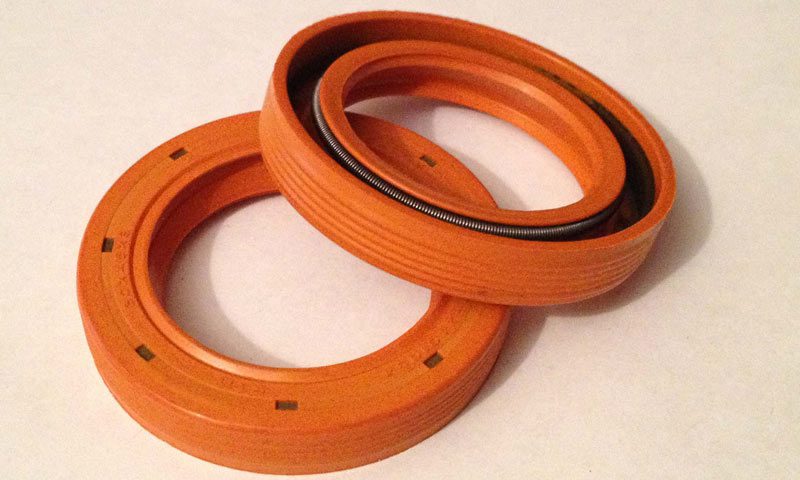
How to choose oil seals for a car
Content
All units of the car are interconnected. Thanks to this, the vehicle is a single mechanism in which every spare part is important. One of the very first problems that the first ICE developers faced was how to minimize the leakage of lubricant in places where the shaft exits the unit housing.
Let's take a closer look at one small detail that no car can do without. This is an oil seal. What is it, what is its feature, when is it needed to be replaced, and how to do this work using the example of crankshaft oil seals?
What are oil seals
An oil seal is a sealing element that is installed at the junction of various mechanisms with rotating shafts. Also, a similar part is installed on parts that perform a reciprocating movement in order to prevent oil leakage between the movable element and the body of the mechanism.
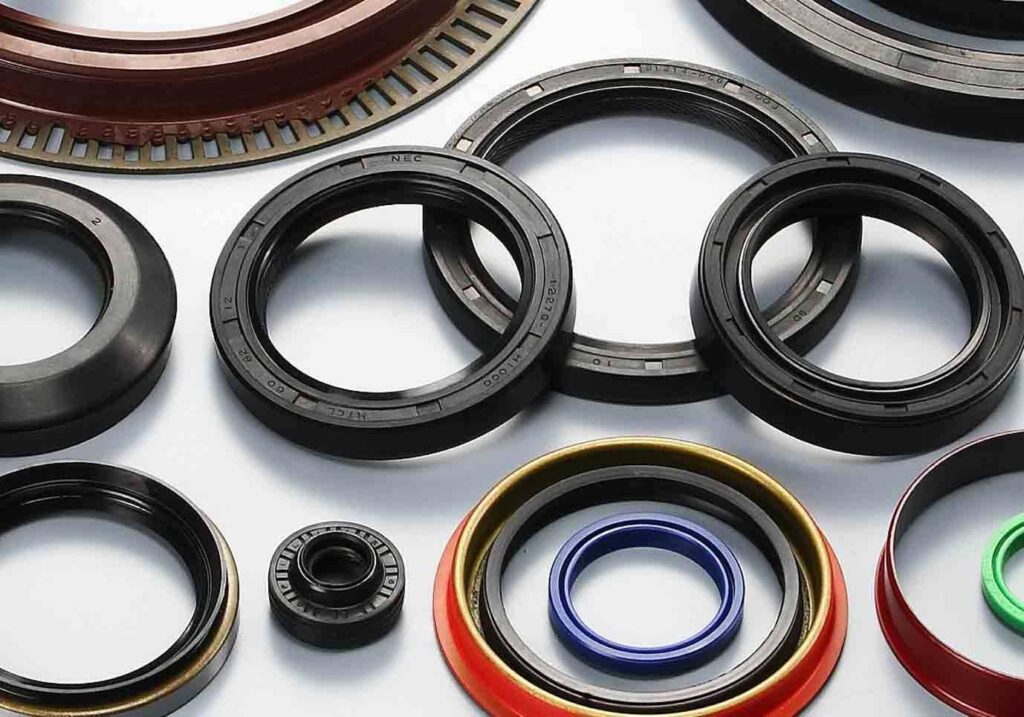
Regardless of the design and purpose, this device is in the form of a ring with a compression spring. The part can be of different sizes, as well as made from different materials.
Principle of operation and device
The oil seal is enclosed in a housing through which the mechanism spindle passes. There is a sealing material on the inside of the housing. It rests on all sides of the shaft, which will come out of the unit body, for example, a motor or gearbox. The diameter of the product should be such that, during pressing, its seal is tightly pressed against the spindle from the inside, and from the outside - against the fixed part of the mechanism.
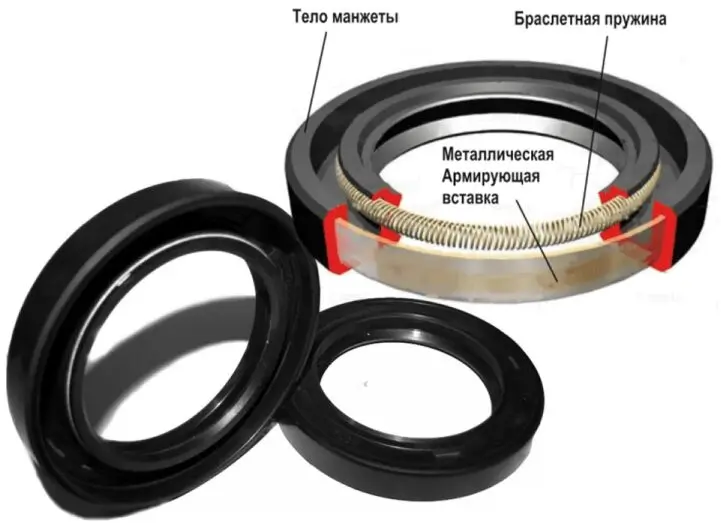
In addition to its sealing function to prevent grease from leaking out, the oil seal is also used as a dust seal that traps dirt and prevents it from entering the mechanism.
In order for a part to remain effective under different operating conditions, it must meet the following characteristics:
- Due to the vibrations that occur during the operation of the unit, the seal must be elastic, which will reduce the wear of both the element itself and the working part.
- The stuffing box must prevent grease from flowing out of the device, therefore it comes into contact with chemically active substances. For this reason, the material should not deteriorate from exposure to grease.
- Continuous contact with moving and rotating parts can cause the seal contact surface to become very hot. For this reason, it is important that the material of this element retains its characteristics, both in the cold (for example, in the winter the car is parked in the parking lot), and during prolonged driving in hot summer.
Where are?
The number and design of oil seals depends on the car model and its features. In any vehicle that has an internal combustion engine, two seals will certainly be present. They are installed on both sides of the crankshaft.
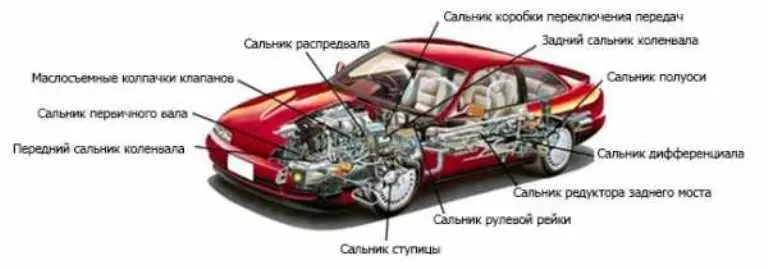
In addition to this part, the following car parts need seals:
- The valve stem of the gas distribution mechanism (also called valve stem or valve gland);
- Timing camshaft;
- Oil pump;
- Front wheel drive vehicle wheel hub;
- Steering rack;
- Rear axle reducer;
- Differential;
- Rear axle shaft;
- Gear box.
What materials are oil seals made of
Since the contact surface of the product and the mechanism can be very hot, the gland must have heat-resistant properties. Also, an increase in the heating temperature is due to the fact that during the rotation of the shaft, the edge of the part is in constant friction. If the manufacturer uses ordinary rubber or other material that does not withstand high temperatures to create this element, accelerated destruction of the stuffing box is ensured.
Seals of the crankshaft and camshaft should have such properties, since while the engine is running, these parts are constantly subjected to thermal loads and are subject to friction.
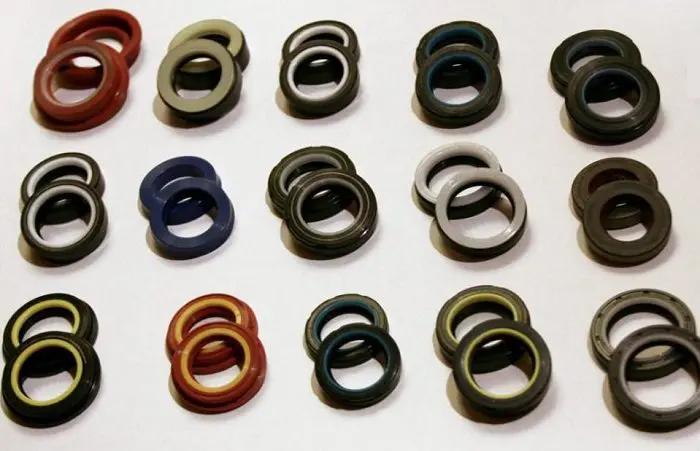
The same can be said for the hub seals. They must use quality material. In addition to resistance to friction and high loads, these parts must have a high-quality and durable body, and the main part must be reinforced. There should be an additional elastic element on the edge to prevent dirt from entering the knot. Otherwise, the working life of the stuffing box will be significantly reduced, and the mechanism itself will not be able to serve for a long time.
The following materials can be used by manufacturers of these parts:
- NBR - rubber from butadiene rubber. The material retains its properties in a wide range of temperatures: from 40 degrees below zero to +120 degrees. Oil seals made of such rubber are resistant to most lubricants and do not deteriorate when fuel hits their surface.
- ACM - rubber with an acrylate structure. The material belongs to the category of budget goods, but with good properties suitable for the manufacture of such products. Automotive acrylate rubber oil seal can be operated in the following temperature range: from -50 to + 150 degrees. Hub seals are made from this material.
- VMQ, VWQ etc. - silicone. A problem often arises with this material - as a result of contact with certain types of mineral oils, accelerated destruction of the material can occur.
- FPM (fluororubber) or FKM (fluoroplast) - the most common material today. It is neutral to the effects of chemically active fluids used in cars. Such seals withstand thermal loads well in the range of -40 to +180 degrees. Also, the material has good resistance to mechanical stress. Most often it is used for the manufacture of seals for power unit assemblies.
- PTFE - teflon. Today this material is considered ideal for the manufacture of seals for vehicle components. It has the lowest coefficient of friction, and the range of permissible temperatures varies from -40 to +220 degrees Celsius. None of the technical fluids used in machines will destroy the oil seal. True, the cost of such parts is much higher compared to other analogues, and during the installation process it is necessary to follow the manufacturer's recommendations for replacement exactly. For example, before installing the seal, it is required to wipe the shaft and the contact surface of the installation site dry. The part comes with a mounting ring, which is removed after pressing.
How to choose oil seals for a car
The advantage of most of the oil seal modifications is their low cost. True, when a master carries out the work on replacing the seal, the price of such a procedure is several times more expensive than the price of the part itself.
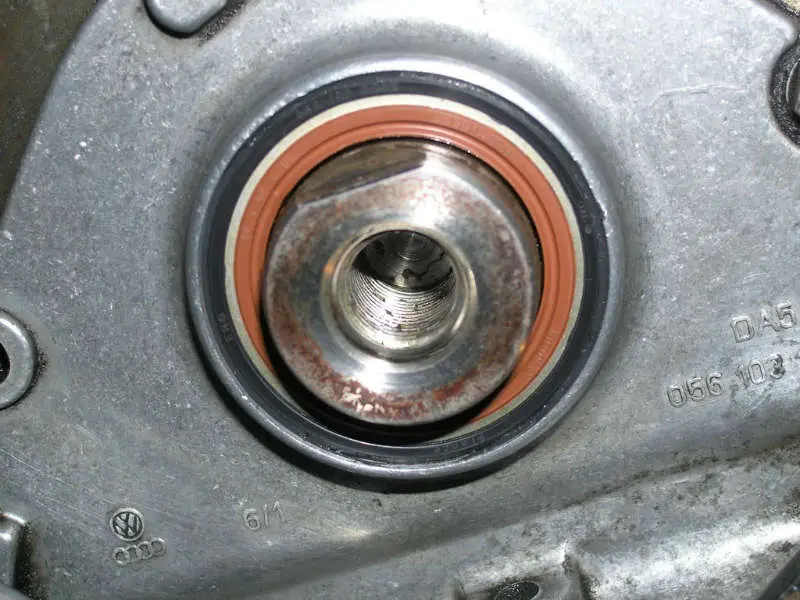
In addition to the price of elements, a number of factors affect the choice:
- For which node the product will be used. The most loaded glands must withstand constant heating above 100 degrees, have a minimum coefficient of friction, and be resistant to chemically active technical fluids.
- The part must be specific to the environment. For example, if an old product was used to contain antifreeze, then a new seal must be created to contact such a substance.
- Do not use analogs that are intended for installation on other units. It is best to purchase an oil seal for the mechanisms of a particular car brand. If you can't find the original, then you can pick up an analogue from another manufacturer. In this way, malfunctions due to the installation of inappropriate seals are excluded.
- Brand. Some motorists mistakenly believe that the word "original" always means that the part is made by the manufacturer of the car itself. But more often than not, this is not the case. The fact is that most auto concerns either have a separate subdivision with a narrow profile under their subordination, or use the services of third-party companies, but put their own label on the ordered batch. On the auto parts market, you can find parts that are not inferior to the original in quality, and in some cases even better. On the other hand, some wonder if it's really worth paying for a brand if there is an opportunity to buy a cheaper equivalent. In short, there is a reason for such a purchase, since self-respecting companies try to maximize the quality of their products, and this leads to an increase in the price of the product.
What to look for when choosing
In addition to these factors, when buying new oil seals, a motorist should pay attention to the following nuances:
- If an analogue is purchased instead of the original, it is important to make sure that its design fully matches the old part;
- The width of the new gland may be less than that of the old element, but not wider, because this will complicate or make it impossible to install a new gasket. As for the diameter of the contact hole through which the shaft passes, it should ideally fit the dimensions of the spindle;
- Is there a boot on the new part - a thread that prevents dust and dirt from entering the mechanism. Most often this part consists of two elements. The first is the boot itself, and the second is the oil scraper;
- If a non-original part is purchased, then preference should be given to a well-known brand, and not dwell on the cheapest product;
- On domestic cars, you can use analogues designed for foreign cars. The opposite is unacceptable, although recently the quality of some parts of domestic production has become noticeably better;
- A notch can be made on the inside of the gland. In the direction of this element, all parts are divided into three categories: left-hand, right-hand, and universal (capable of removing oil, regardless of the direction of rotation of the shaft).
- When choosing a new part, you should pay attention to its dimensions. To speed up the search and eliminate the possibility of buying an inappropriate oil seal, you need to pay attention to its marking. Most manufacturers put the following designations on the body: h - height or thickness, D - outside diameter, d - inside diameter.
Leading manufacturers
An original product can be distinguished from a fake by the presence of the name of the manufacturer of the machine, which needs to be replaced. It should be borne in mind that not all companies independently manufacture replaceable components for their models. Most firms use the services of third-party companies, so the "original" is not always the cheapest option, and a more budgetary analogue may be identical to the spare part sold with the manufacturer's label.
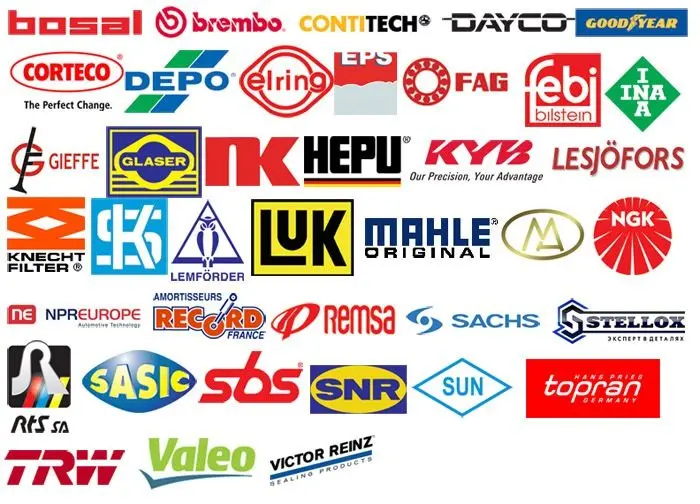
Here are the most famous companies that sell not only worthy oil seals, but also other products:
- Among the German manufacturers of automotive components and repair kits, the following stand out: AE, the products of the VAG concern, Elring, Goetze, Corteco, SM and Victor Reinz;
- In France, Payen is engaged in the manufacture of quality seals;
- Among Italian manufacturers, products such as Emmetec, Glaser and MSG are popular;
- In Japan, good quality oil seals are made by NOK and Koyo;
- South Korean company KOS;
- Swedish - SRF;
- In Taiwan - NAK and TCS.
Most of the listed companies are official suppliers of replacement parts for car assembly concerns. Many leading brands use products from some of these companies, which clearly demonstrates the reliability of spare parts sold in the market.
How to replace crankshaft oil seals
The very first thing you should pay attention to before choosing a new oil seal is wear that may be present at the contact point of the old part. This wear should be taken into account when choosing an analog. If the diameter of the seal does not match the size of the shaft, the part will not cope with its task, and the technical fluid will still leak out.
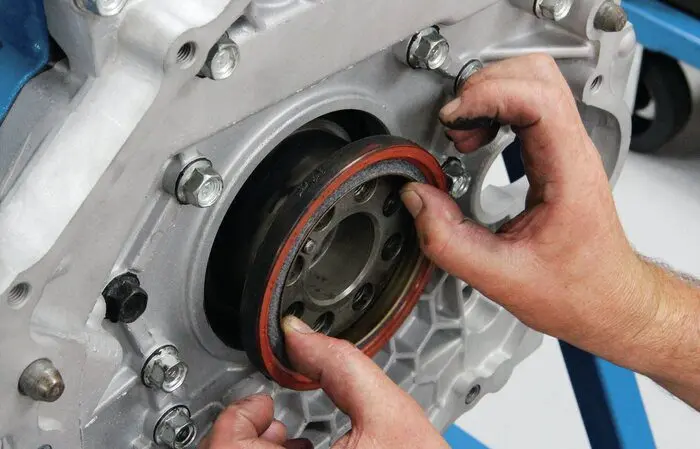
If it is not possible to purchase a repair analog among the products (which is extremely rare, except that you can search among options for other cars), you can buy a new oil seal, just install it so that the edge does not fall into the place of wear. When the bearings are worn out in the mechanism, but they can still not be changed, then the new oil seal on the inside should have special oil-bearing notches.
Before changing the seal to a new one, a little analysis should be done: for what reason the old part is out of order. This may be natural wear and tear, but in some cases the oil seal begins to leak oil due to breakdowns in the mechanism. In the second case, installing a new oil seal will not save the day.
An example of such a situation would be a breakdown that causes the shaft to move freely in the horizontal direction. In this case, one cannot be content with just replacing the seal. It is required first to repair the unit, and then change the consumable, otherwise even a new element will still pass fluid.
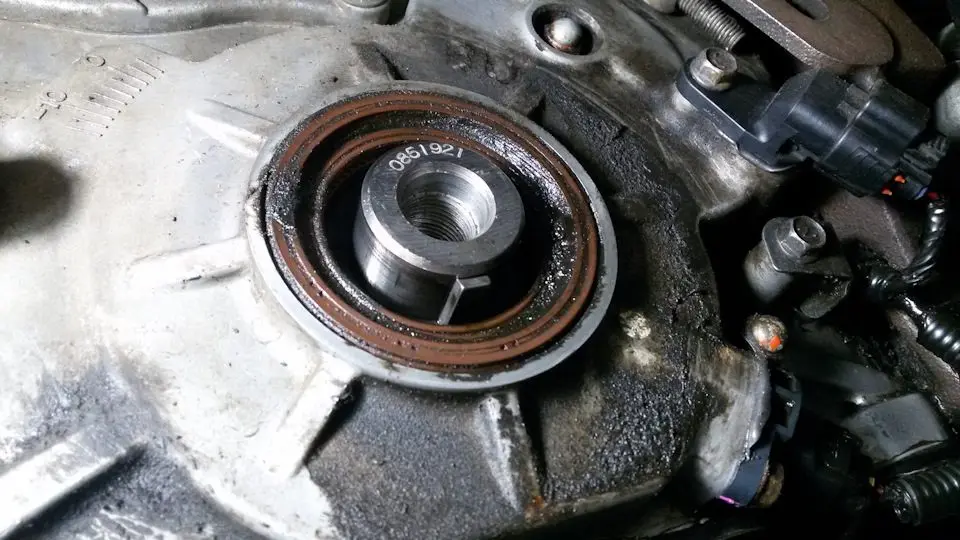
As for the procedure for replacing the crankshaft oil seals, then first you need to do some preparatory work. First, disconnect the battery. For information on how to do this correctly, read separate review... Secondly, we must drain the oil from the motor. To do this, warm up the engine, unscrew the drain plug in the pan, and drain the grease into a prepared container.
Replacing the front and rear oil seals has its own specifics, so we will consider these procedures separately.
Replacing the front crankshaft oil seal
To get to the front crankshaft seal, you will need to do some dismantling work:
- A cover is removed from the drive belt (or chain) to prevent foreign objects from entering the timing drive;
- The timing belt or chain is removed (some of the subtleties of the procedure for removing and installing the timing belt are described here).
- The pulley attached to the crankshaft is disconnected;
- The old oil seal is pressed out, and a new one is installed instead;
- The structure is assembled in reverse order. The only thing is that for the engine to work adequately, it is required to correctly set the labels of the gas distribution mechanism. Some engines fail in valve timing can damage the valves. If you do not have experience in performing such a setting, it is better to entrust it to a master.
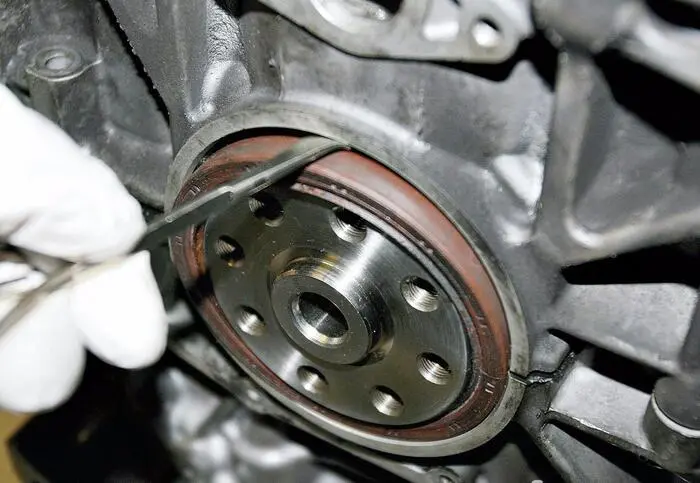
When installing a new front crankshaft seal, there are several nuances to consider:
- The seating area must be perfectly clean. The presence of foreign particles is not allowed, as they will contribute to accelerated wear of the consumable.
- A small amount of oil should be applied to the shaft contact (seating edge). This will facilitate installation on the shaft, prevent tearing of the elastic part of the part, and the oil seal will not wrap (the same applies to replacing other oil seals).
- The seal of the unit body must be treated with a special heat-resistant sealant.
Replacing the rear crankshaft oil seal
As for replacing the rear seal, then in this case it will be necessary to put the car on an overpass or take it to the inspection pit. This is the safest way to work. All other options (using a jack or props) are unsafe.
Here is the sequence in which this work is performed:
- First you need to dismantle the gearbox;
- The clutch basket is removed from the flywheel (at the same time, you can check the condition of this unit);
- The flywheel itself is dismantled;
- The old seal is removed, and a new one is installed instead;
- The flywheel, clutch and gearbox are installed back.

It is worth considering that each car model has its own engine device, which means that the process of dismantling and installing oil seals will be different. Before starting to disassemble the mechanism, you should make sure that not a single part of the unit is damaged, and that its settings are not lost.
The most important thing when replacing seals is to prevent bending of their edges. For this, a sealant or engine oil is used.
Gland sizes
Most manufacturers of auto parts make standard oil seals for specific units and mechanisms of different car brands. This means that the crankshaft oil seal for the VAZ 2101, regardless of the manufacturer, will have standard dimensions. The same applies to other car models.
Using car manufacturer standards makes it easier to find the part you want. At the same time, the motorist only needs to determine for which unit he is choosing a spare part, choose the highest quality material, and also decide on a brand.
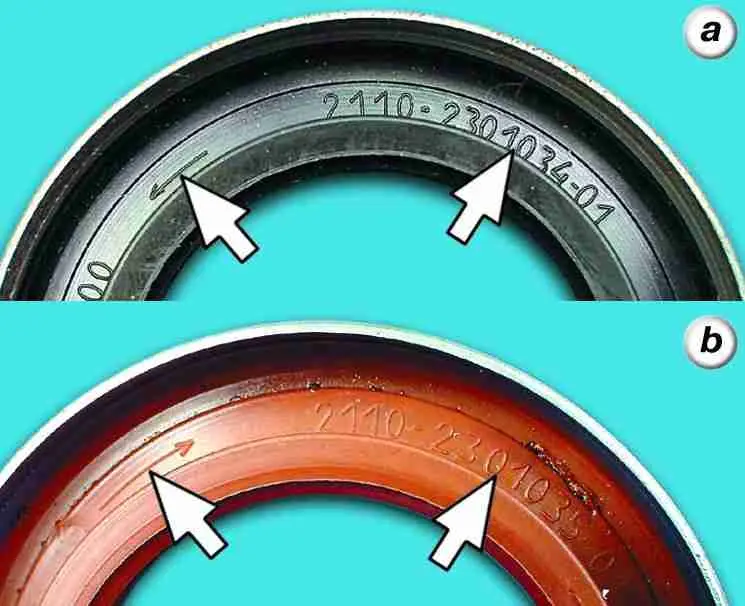
Many shops make it even easier to find a new part. Tables are created in online catalogs where it is enough to enter the name of the machine: its make and model, as well as the unit for which you want to select an oil seal. According to the results of the request, the buyer can be offered an original spare part from the manufacturer (or its official distributor) or a similar, but different brand.
At first glance, replacing seals in a car might seem like an easy procedure. In fact, in each individual case, the procedure contains many subtleties, due to which sometimes the machine starts to work even worse after repair. For this reason, such a complex procedure is best carried out in auto repair shops, especially if it is a foreign car of the latest generations.
In conclusion, we offer a detailed video about the difference between externally identical oil seals:
Questions and answers:
What is an engine oil seal? It is a rubber sealing element that is designed to seal the gap between the motor housing and the rotating shaft. The engine oil seal prevents engine oil leakage.
Where is the oil seal in the car? In addition to the motor (there are two of them - on both sides of the crankshaft), oil seals are used wherever it is necessary to prevent oil leakage between the body and the moving parts of the mechanism.
One comment
Elena Kinsley
Great article! I really appreciate the clear and concise tips you’ve provided for choosing the right oil seals for a car. It can be quite a daunting task, but your guide has made it much easier to understand. Thanks for sharing your expertise!